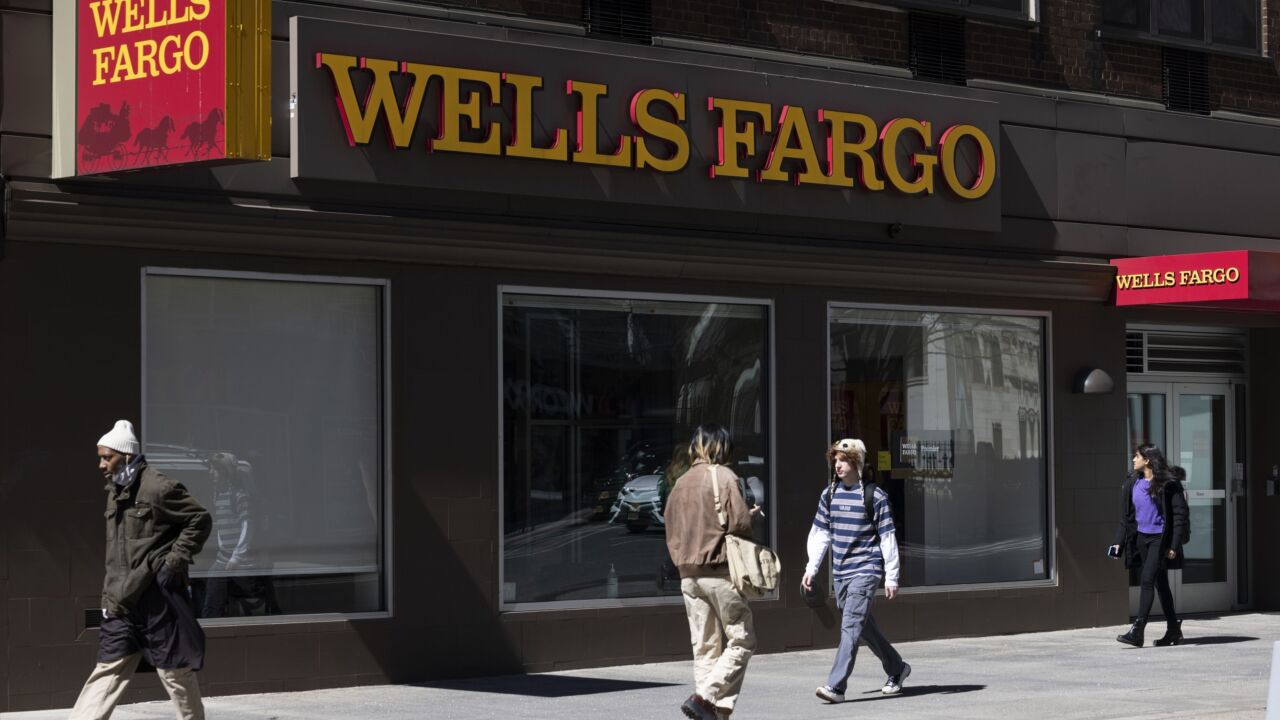Wells Fargo
Wells Fargo
Wells Fargo is one of the largest banks in the United States, with approximately $1.9 trillion in balance sheet assets. The company is split into four primary segments: consumer banking, commercial banking, corporate and investment banking, and wealth and investment management.
-
There is also a class N tranche of notes that make payment to those noteholders if funds are available after the overcollateralization.
November 24 -
SEMT 2025-12's collateral profile is slightly weaker compared with the prior transaction, with a slightly lower weighted average FICO score.
November 12 -
The issuance can be expanded to $1.2 billion, with virtually the same capital structure characteristics.
November 5 -
The San Francisco-based banking giant reported a 9% annual jump in quarterly profits. It also made official its appointment of CEO Charlie Scharf as chairman.
October 14 -
The non-prime collateral pool starts out with 56,336 contracts, and an average balance of $26,041, which could be upsized to 71,695 contracts, with an average balance of $26,034.
September 22 -
Coupons range from 4.17% on the A1 notes, rated P1/A1+ by Moody's and Fitch Ratings, respectively, to 5.38% on the class N notes, which S&P rates BB.
September 19 -
Almost all the notes are fixed rate, except for the A2-B tranche which pay a coupon based on the one-month Secured Overnight Financing Rae (SOFR).
September 9 -
About 73.9% of the underlying mortgages were underwritten through debt service coverage ratio (DSCR) and 12- to 23 months of profit and loss and bank statements.
September 4 -
The loans are secured by single-family residential properties, townhouses, planned-unit developments, condominiums, and two- to four-family residential properties.
July 10 -
The portfolio has high credit quality loans and geographic concentration.
July 8 -
After passing the Federal Reserve's stress tests with high marks, large banks announced dividend increases. In some cases, they also said the Fed had conceded that certain prior calculations needed to be revised.
July 2 -
Although the collateral is described as non-prime, Moody's points to several strong credit characteristics, including an average non-zero FICO score of 697 and an eScore of 768.
June 26 -
They are not municipal bonds, but they follow municipal bond repayment practices.
June 24 -
The B, C and D tranches maintain minimum subordination percentages, 12.5%, 8.1% and 4.3%, respectively, allowing them to provide credit support for the class A notes.
June 20 -
In 2021, banks pledged to wind down their support for oil and gas. Last year they made a $162 billion U-turn, according to a new report from a coalition of advocacy groups.
June 17 -
Willis Engine Structured Trust, VIII, sells its fixed-rate notes through two tranches, all with a legal final maturity date of June 2050.
June 4 -
The notes will get credit enhancement from balances on the subordinate bonds, which are permitted to amortize.
April 11 -
There is also a full-turbo feature that will kick in after a two-year revolving period.
April 7 -
A set of performance-related triggers—cash trapping and expense reserve—will help maintain cash flow to the notes.
March 10 -
Any loan that is more than 120 days delinquent becomes a stop-advance loan, a designation that prevents interest leakage to bondholders.
February 20





















